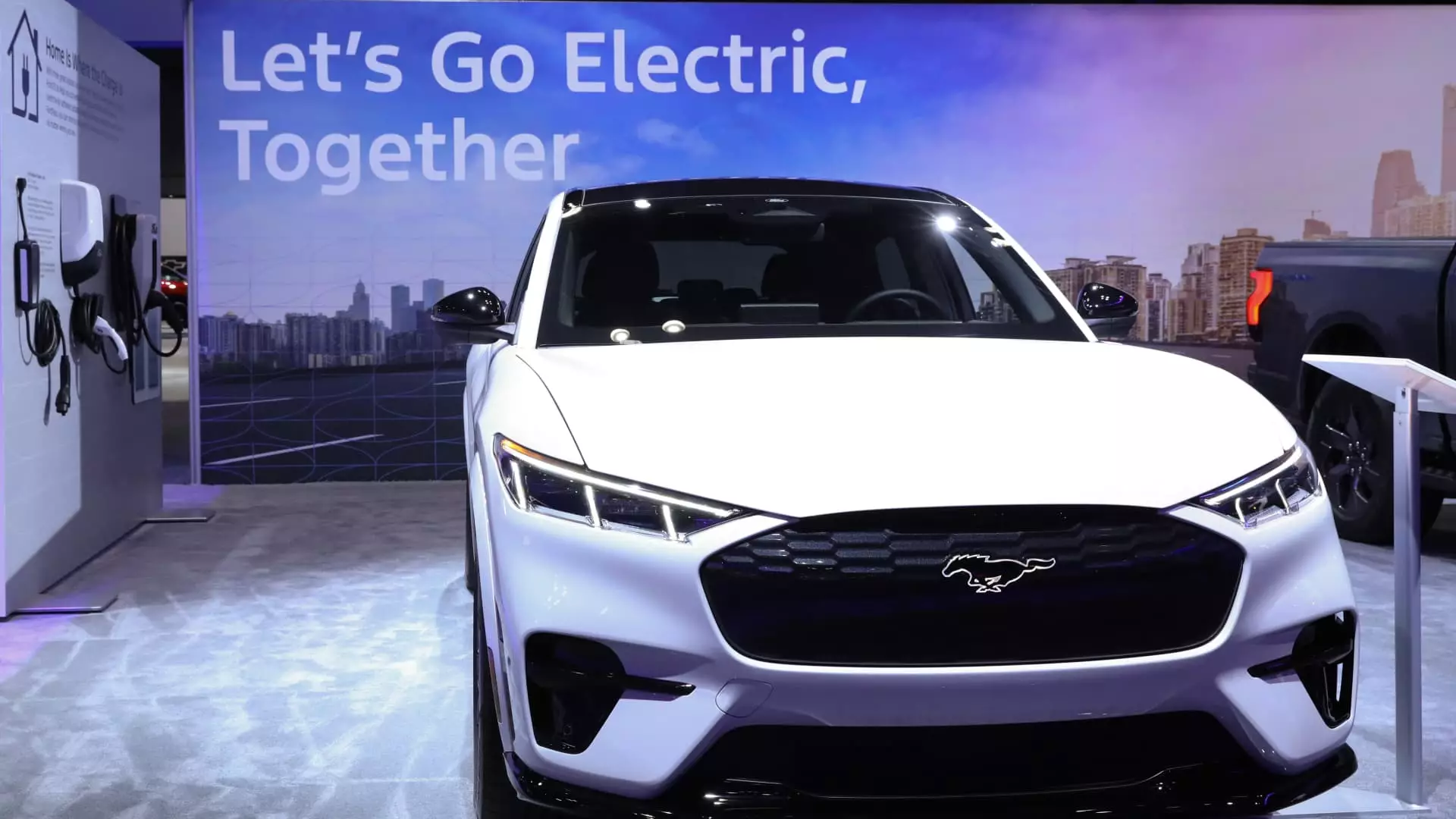In May, Ford Motor's U.S. new vehicle sales witnessed an 11.2% increase compared to the previous year. The surge was primarily driven by a significant uptick in sales of all-electric and hybrid models. Specifically, Ford reported a remarkable 65% growth in both hybrid and all-electric vehicle sales during the month, far exceeding the 5.6% rise in sales of conventional vehicles powered by internal combustion engines.
Despite the impressive growth in hybrid and EV sales, these segments accounted for only a small portion of Ford's total sales volume in May. With hybrid and EV sales combined totaling approximately 26,600 vehicles, they represented just 14% of the automaker's overall sales, which exceeded 190,000 units. This disparity highlights the challenges Ford faces in scaling its EV operations to meet tightening fuel economy standards and emissions regulations.
The Model E Conundrum
Ford's ambitious goal of increasing EV sales to counter regulatory pressures has been met with financial setbacks. The company's Model E electric vehicle unit reported significant losses, amounting to $1.32 billion on the wholesale of 10,000 vehicles in the first quarter of the year. These losses translate to a staggering $132,000 loss per vehicle sold by the unit. Despite the financial challenges, Ford continues to make progress in expanding its electric vehicle lineup, with sales of the all-electric F-150 Lightning and Mustang Mach-E on the rise.
Hybrid Strategy and Future Plans
In response to market demands and regulatory requirements, Ford has doubled down on hybrid technology as a transitional solution towards electrification. The automaker announced earlier in the year that it would prioritize offering hybrid options across its entire North American lineup by 2030, delaying the production of new all-electric models. This strategic shift reflects Ford's commitment to sustainable mobility solutions while balancing the financial implications of transitioning to electric vehicles.
Ford's total year-to-date U.S. sales through May stood at 877,685 units, marking a 5.6% increase compared to the same period in the previous year. The growth has been primarily driven by a strong performance in SUV sales, which saw a 10% uptick, as well as a modest increase of 2.5% in truck and van sales. Despite the challenges in the electric vehicle segment, Ford's overall sales performance signals a positive trajectory for the company in navigating the evolving automotive landscape.

